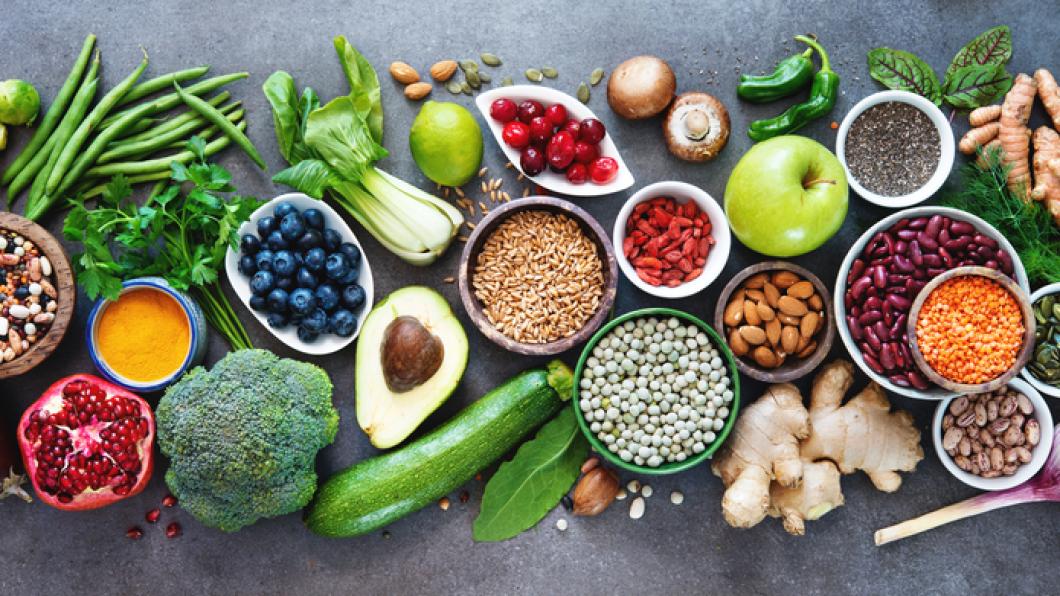
Disability, poverty and lack of access keep healthy food out of reach
By Louise Kinross
A recent study found the poverty measure Canada uses to set income supports doesn't factor in the extra costs of having a disability. That's because it assumes everyone is non-disabled.
Oddly, says Jennifer Zwicker, the co-investigator of that University of Calgary study, people with disability are often studied as a population distinct from low-income people, even though rates of poverty in disabled people are high.
The connection between disability and not being able to afford and get healthy food is also under-explored in research, says Naomi Schwartz, who is a post-doctoral fellow in the School of Occupational and Public Health at Ryerson University. She reviewed over 100 journal articles about the impact of disability on food insecurity in a 2019 Health and Place study.
Globally, disabled people have higher rates of poverty and are more likely to live on fixed incomes, so they are less able to afford food as a whole and quality food in particular, the authors note. They cite American research that found disabled people need an income two to three times higher than non-disabled people to avoid food insecurity, because they're often paying for caregivers, assistive devices and special diets.
"Our review also showed families of children with disabilities show increased rates of not being able to afford or access food," Naomi says.
Last year Naomi published a study in Disability and Society about how disabled Toronto adults get food. Most of the 23 participants said their limited, fixed incomes put eating heathy food out of financial reach. "Of those receiving their primary income from the Ontario Disability Support Program or Canada Pension Plan, 65 per cent were food insecure," the authors wrote. "It comes down to dollars and cents," said one participant, who receives ODSP and can't access quality food.
But in addition to poverty, the Disability and Society study shone a light on physical barriers the participants experienced in their homes and travelling to and from food stores or banks that interfered with getting and preparing healthy food. Many can't afford accessible housing. For example, one participant couldn't fit her wheelchair in her tiny apartment, so moved around the unit by "[hanging] onto the walls," making certain types of food preparation in the kitchen unsafe. Broken elevators or assistive devices and entrances and paths blocked by snow or construction could make it physically impossible for participants to leave their unit to get food. One participant recalled an ice storm when she didn't have food and couldn't afford to have it delivered. Her option? "I just wait until the next day and drink a glass of water." Lack of sidewalk curb cuts and accessible door openers and insufficient time to cross a pedestrian crossing were problematic.
Toronto's Wheel Trans program, which "helped to overcome the physical barriers of distance," created new problems because of its "inflexibility," Naomi says. For example, since a ride can come any time within a 30-minute period, one participant whose lobby didn't have an accessible entrance had to use a back-door exit and sit out front in the cold for half an hour. Participants waiting inside a store for their ride after shopping would have food melt. If they were in a long line, and knew the ride would only wait for five minutes, they might have to put back items or abandon the trip.
Most people don't realize that major food banks are often inaccessible. That was the experience of participants in Naomi's study. In grocery stores, people faced narrow aisles that were hard to navigate and an inability to reach high shelves or open heavy freezer doors. Often there was only one accessible checkout, which meant more waiting. "Social structures and environments that are built for the average person rather than accounting for difference exclude people that do not conform to ableist standards," the authors wrote.
Increasing income through higher ODSP rates or a basic income would allow people to afford better food and to use home delivery or taxis when needed, the scientists wrote. "Accessible, subsidized housing is so important so that people are in a place that's livable and not imposing extra barriers," Naomi says. "We need enforcement of the Accessibility for Ontarians with Disabilities Act, but we also need more universal design principles and considering how spaces could be usable for people with disabilities at the outset."
Holland Bloorview is partnering with FoodShare Toronto to offer a five-session Food Justice and Community Kitchen Series that begins next week. The virtual program includes learning about food justice, meeting other families and cooking affordable, healthy meals over Zoom after ingredients are delivered to your home. Twenty-five families have already signed up, and the hospital hopes to run this series in the future.
For more information about Holland Bloorview's Food Justice and Community Kitchen, e-mail smoynagh@hollandbloorview.ca. Like this story? Sign up for our monthly BLOOM e-letter. You'll get family stories and expert advice on raising children with disabilities; interviews with activists, clinicians and researchers; and disability news: https://bit.ly/3IIK5Qo.